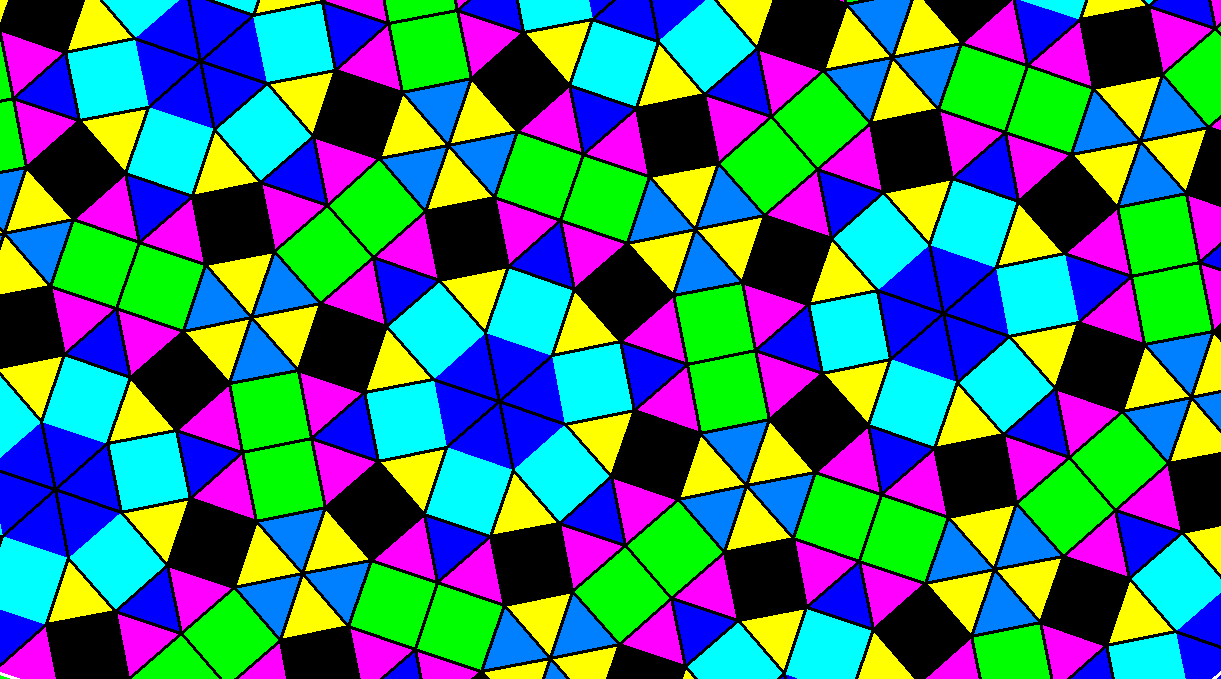

Tessellator Stage - A fixed function pipeline stage that creates a sampling pattern of the domain that represents the geometry patch and generates a set of smaller objects (triangles, points, or lines) that connect these samples.Hull-Shader Stage - A programmable shader stage that produces a geometry patch (and patch constants) that correspond to each input patch (quad, triangle, or line).The Direct3D 11 pipeline implements tessellation using three new pipeline stages: To approximate the high-ordered surface, each patch is subdivided into triangles, points, or lines using tessellation factors.

Tessellation uses the GPU to calculate a more detailed surface from a surface constructed from quad patches, triangle patches or isolines. To access the new tessellation features, you must learn about some new pipeline stages. This can lead to very large performance improvements if an application implements large numbers of morph targets and/or more sophisticated skinning/deformation models. The Direct3D 11 pipeline implements tessellation in hardware, which off-loads the work from the CPU to the GPU. This could include blending calculations using blend shapes or morph targets for realistic animation or physics calculations for collision detection or soft body dynamics.
Tessellation images software#
While software tessellation can be done, tessellation implemented by hardware can generate an incredible amount of visual detail (including support for displacement mapping) without adding the visual detail to the model sizes and paralyzing refresh rates. Tessellation tiles (or breaks up) high-order surfaces into suitable structures for rendering.īy implementing tessellation in hardware, a graphics pipeline can evaluate lower detail (lower polygon count) models and render in higher detail. In the experiments, we apply the FEWCVT method to segment various types of images and also compare it with several existing fuzzy clustering methods to demonstrate its performance.The Direct3D 11 runtime supports three new stages that implement tessellation, which converts low-detail subdivision surfaces into higher-detail primitives on the GPU. An iterative algorithm is proposed for the FEWCVT model based on energy minimization. In its simplest form, FEWCVT model reduces to the classic EWCVT model. The FEWCVT model novelly introduces an edge energy based on fuzzy clustering and naturally combines it into the EWCVT model, and thus appropriately combines the image intensity information with the length of cluster boundaries in a fuzzy form. In this paper, we propose a fuzzy edge-weighted centroidal Voronoi tessellation (FEWCVT) model which generalizes the EWCVT clustering with fuzzy membership information. The edge-weighted centroidal Voronoi tessellation (EWCVT) greatly improves the classic CVT model by adding an edge energy term in the energy functional, and has been proven to be very effective and efficient for image segmentation.

The centroidal Voronoi tessellation (CVT) is a special Voronoi tessellation whose generators are also the centers of mass of the corresponding Voronoi regions.


 0 kommentar(er)
0 kommentar(er)
